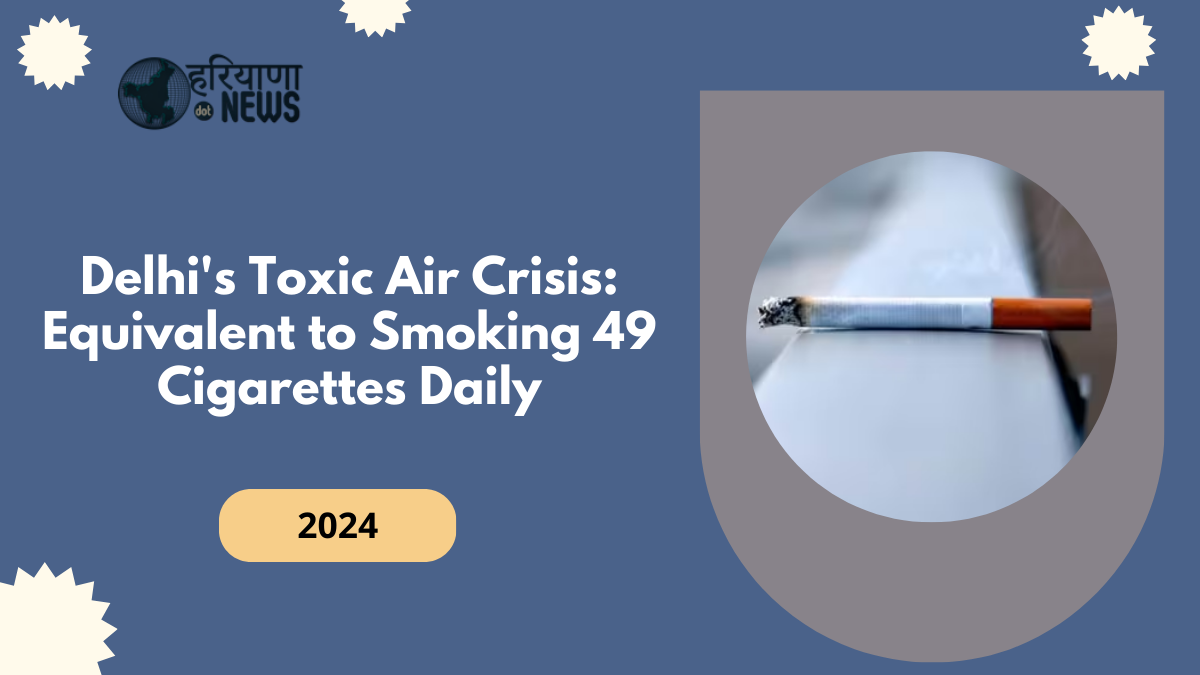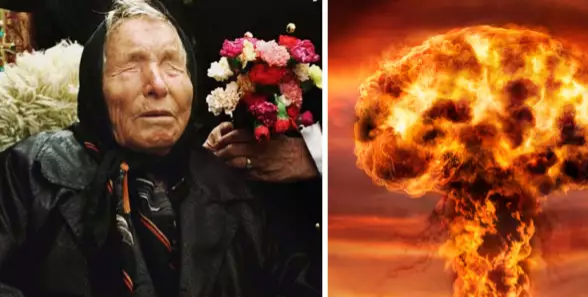As Delhi’s air quality reaches alarming levels, the Air Quality Index (AQI) hits a staggering 978, equating the inhalation of pollutants to smoking approximately 49 cigarettes a day. This level of pollution poses serious health risks, affecting millions of residents who are effectively “smoking” these toxic particles each day simply by breathing.
Haryana: A Close Second with Severe Pollution Levels
Delhi’s neighbouring state, Haryana, is also grappling with dangerous pollution, with an AQI recorded at 631. This level of pollution exposure is comparable to smoking around 33 cigarettes daily. The situation in Haryana reflects the severe regional impact, as both states are heavily affected by similar pollution sources, including agricultural stubble burning.
Rising Pollution Equals Increasing “Cigarette Consumption” for Residents
The worsening air quality in northern India is effectively forcing residents to inhale an equivalent amount of toxins comparable to smoking multiple cigarettes each day. Delhi, with the worst AQI in the nation at 978, puts residents at the equivalent of 49 cigarettes a day, highlighting the unprecedented severity of pollution in the national capital.
Contributing Factors: Firecrackers and Stubble Burning
Since the end of October, Delhi’s air quality has steadily declined, with multiple contributing factors, such as seasonal firecracker use and crop stubble burning in nearby states. These seasonal activities, combined with existing urban pollution, have led to an ongoing health crisis in the city.
Delhi Faces Unbearable Air Quality
Residents of Delhi are witnessing some of the worst air pollution in recent memory. As of midday on November 18, data from AQI.in indicated an AQI level of 978, which translates to a daily equivalent of inhaling toxins similar to smoking 49 cigarettes. This extreme level of air pollution has led to intensified governmental and judicial scrutiny.
Supreme Court Intervenes Amid Rising Pollution Levels
In light of the worsening air quality, the Supreme Court has issued a warning to the state government, led by the Aam Aadmi Party (AAP), urging the swift implementation of Stage 4 of the Graded Response Action Plan (GRAP). This final stage calls for the most stringent anti-pollution measures, and the court has indicated that it will not allow any easing of restrictions unless the AQI drops below 450.
School Closures as a Preventative Measure
Amid the hazardous conditions, most schools in Delhi have moved classes online for all grades except for grades 10 and 12. This shift aims to protect students from prolonged exposure to the harmful air.
Haryana’s Pollution: Second Worst in India
Haryana ranks just below Delhi, facing severe pollution levels that equate to smoking around 33 cigarettes daily. Every winter, Haryana suffers from heavy smog and dangerous air particles caused largely by stubble burning in agricultural areas. As of Monday, Haryana’s temperature is expected to range between a minimum of 16.55°C and a maximum of 27.56°C.
Air Quality in Uttar Pradesh: Equivalent to 10 Cigarettes Daily
The air quality in Uttar Pradesh is also worrisome, with an AQI of 273. This translates to an exposure similar to smoking approximately 10 cigarettes a day. Current weather data indicates maximum and minimum temperatures of 31°C and 13°C, respectively, with humidity at 21%. PM2.5 levels in the state have reached 122 µg/m³.
 Mumbai Police Detain Woman for Threatening Call on Prime Minister Modi’s Life
Mumbai Police Detain Woman for Threatening Call on Prime Minister Modi’s Life
 Hemant Soren was sworn in as the Chief Minister of Jharkhand for the fourth time, took oath as Jharkhand’s 14th chief minister
Hemant Soren was sworn in as the Chief Minister of Jharkhand for the fourth time, took oath as Jharkhand’s 14th chief minister
 India’s Strategic Breakthrough: Advancing SLBM Capabilities with INS Arighaat
India’s Strategic Breakthrough: Advancing SLBM Capabilities with INS Arighaat
 Chinmoy Das Arrest: High Court Petition Seeks Ban on ISKCON Amid Rising Violence Against Hindus in Bangladesh
Chinmoy Das Arrest: High Court Petition Seeks Ban on ISKCON Amid Rising Violence Against Hindus in Bangladesh
 Bangladesh Police Use Tear Gas and Batons Against Hindu Protesters After Chinmoy Das’ Arrest
Bangladesh Police Use Tear Gas and Batons Against Hindu Protesters After Chinmoy Das’ Arrest





Punjab: A Major Contributor to Stubble Burning
Punjab has an AQI of 233, which is equivalent to smoking about 8 cigarettes per day. The state’s high rate of stubble burning has led to notable air quality concerns. Recently, Delhi’s Chief Minister Atishi Marlena, who is also affiliated with the AAP, questioned why neighbouring states have not reduced stubble burning as significantly as Punjab, which claims to have decreased incidents by 80%.
In Punjab, the maximum temperature is recorded at 28°C, with a minimum of 12°C, while the humidity level stands at 18%. PM2.5 levels are currently at 73 µg/m³, a worrying statistic for residents’ health.
The Cleanest Air: Ladakh and Arunachal Pradesh
Amid these alarming pollution levels, Ladakh boasts one of the cleanest air quality readings in India, comparable to smoking zero cigarettes daily. Similarly, Arunachal Pradesh has an AQI of just 13, equivalent to smoking only 0.18 cigarettes per day. The state’s pristine air quality allows its residents to enjoy significantly better lung health compared to most of northern India.
Arunachal Pradesh currently experiences temperatures ranging from 18°C to 25°C, with a humidity level of 45% and a low PM2.5 concentration of 6 µg/m³, far below the dangerous levels seen in many other states.
By breaking down AQI levels and comparing them to cigarette equivalents, it becomes clearer just how dangerous the air quality has become in certain parts of India, particularly in northern states like Delhi and Haryana.
Click here to know more.






